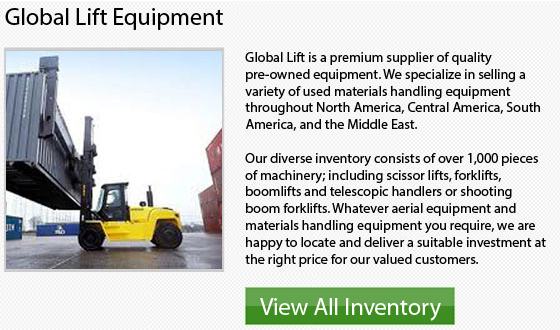
There are actually a variety of vital steps in lift truck training that pertain specially to lift truck safety. For starters, it is vital to ensure that all workers have been correctly trained and licensed to use the machinery. This is a huge piece of machine which we are talking about. You simply cannot take risks with it. Lift truck training is important business that should be taken seriously. If you decide to skip this process, extreme repercussions can eventually catch up with you. Permitting incorrectly taught and inexperienced people to drive forklifts could cause terrible injuries, serious damage and also fatality.
One simple safety procedure to implement is the wearing of seatbelts all the time. This is a safety procedure which a lot of employees neglect, because they will just be traveling roughly 10 miles an hour. Workers often assume that they will not have any type of issue and hence, start not wearing them. This is where the danger could happen, because it is easy for an accident to occur that can have damaging outcome. This is not a car or a truck; the seatbelt is not essential to hold them in the cab if they run into something. In a lift truck, the purpose is much more important, even if the equipment travels at low speeds, in the unfortunate event of a tip-over, the seatbelt holds the operator in place secure in the operator's seat so they would not stumble out and be accidentally crushed beneath.
In case of any mechanical problems or issues, a well-organized reporting system needs to be in place. Workers require a logical way to communicate these situations so that those who are responsible for fixing them will. Employees should know enough about the equipment that they understand at least the essentials of what can go wrong.
To be able to solve lift truck problems before they become a potentially dangerous and costly, operators should be able to detect most issues. Having a reliable reporting system in place is very important for workplaces that run on shift work. Like for instance, if one driver leaves after knowing that there is a problem, and the secondary driver doesn't know the issue during his shift, then catastrophic situations can occur. Forklift training is a lot more involved than just knowing simply how to use the equipment.
It is vital that you teach your employees never to hop out of a forklift, even when they are feeling the machinery overturning. The trick in this dicey situation is to lean away from the turn while staying inside the cab and holding on tightly.